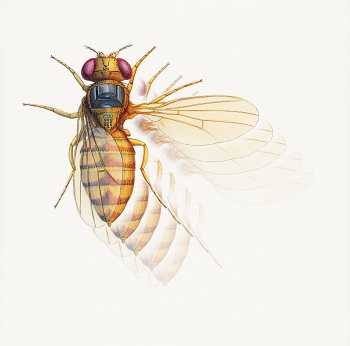Tata Institute for Genetics and Society
- About Us
- Research
- Faculty
- Active Genetics
- Capacity Building
- News & Events
- Jobs

Active Genetics, the non-Mendelian transmission of heritable traits by means of self-propagating genetic elements, was conceived and developed at UC San Diego in pioneering work on the fruit fly, Drosophila melanogaster (Gantz and Bier, 2015). Its most powerful application to date has been its adaptation in collaboration with the James laboratory (UC Irvine) as a gene drive system to create mosquitoes that can be used to control malaria transmission (Gantz et al., 2015). Active Genetics can also be used to bypass prohibitive constraints imposed by standard genetic methods to permit aggregation of multiple naturally occurring genetic variations in crop strains. Through the application of Active Genetics, crop strains could be engineered to grow in new suboptimal environments, the mouse genome could be modified with multiple replacements of the mouse genome with human equivalents to create better models for studying and treating disease and there could also be important applications in cell therapies targeting cancer and in combating antibiotic resistance in bacteria.
Active Genetics is an exciting new technology that has immense potential in transforming health and agriculture. The societal focus of TIGS is dedicated and deeply committed to the use of Active Genetics for beneficial purposes in a socially conscious, safe and ethical manner. This means that we will debate and examine the economic and social impacts of the technologies we develop, implement the best practices for its safe use and participate actively with international regulatory agencies in guidance on how and when to deploy this technology for the highest impact with minimal environmental risks.
To achieve these goals, we encourage our faculty and students to engage in evidence-based research to create effective public policies, foster the ethical uses of technology, assess economic impacts and participate in stakeholder education and engagement. Our mission is also to educate and train people in these areas, which will continue to be of importance in an ever changing world.